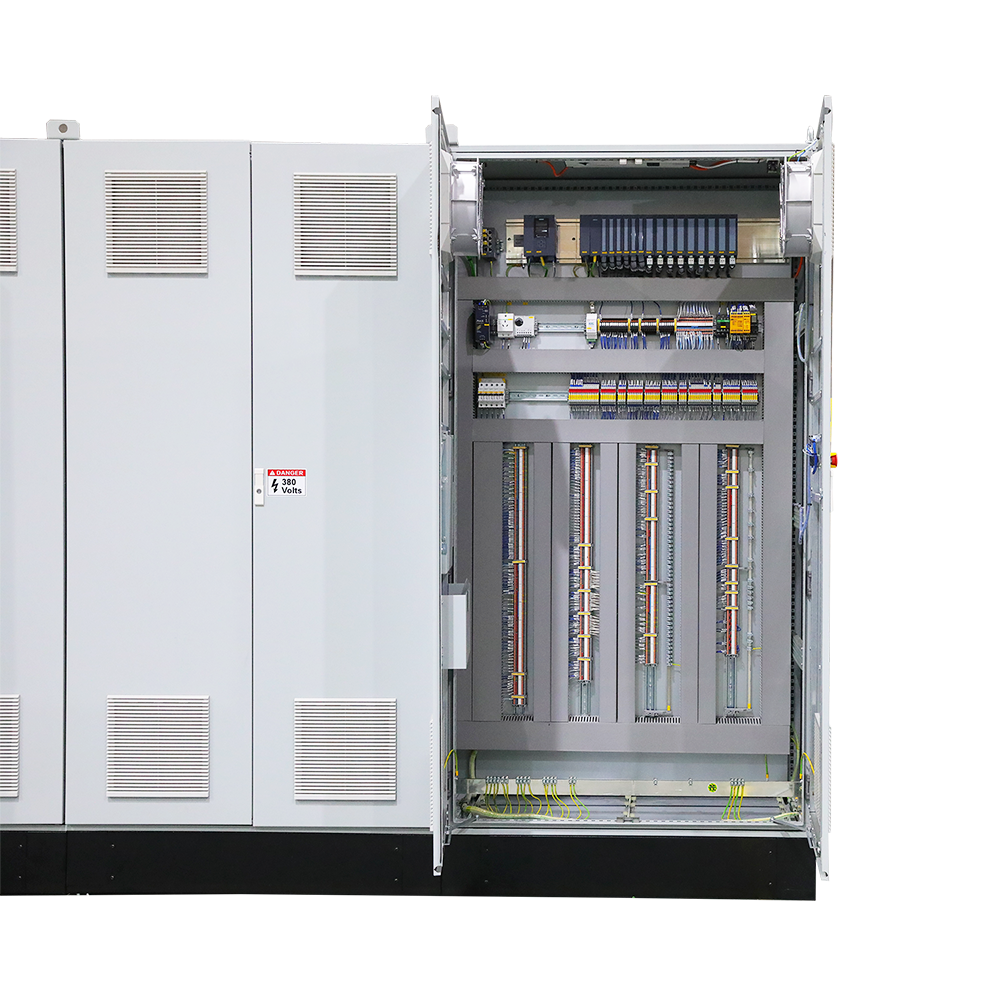2025-01-02
Designing a PLC control panel is often a delicate balancing act. While the goal is to create an efficient and functional system that can control complex processes, designers must also consider the need for future accessibility, especially when it comes to maintenance and troubleshooting. One of the key challenges in this area is the trade-off between minimizing panel size for space efficiency and ensuring that all components are easily accessible for service. Striking the right balance between these two considerations is essential for enhancing system reliability and ensuring smooth operation over the long term.
In the context of industrial automation, PLC control panels serve as the heart of the system, containing a wide variety of components, from the PLC itself to relays, inverters, circuit breakers, and other electrical devices. The challenge comes when all these components must be housed within a single panel that also provides enough space for wiring, cooling, and effective fault detection systems. While compact panel designs can save valuable space in crowded industrial environments, they can also create challenges when it comes to maintenance. Components that are difficult to reach, cramped within a tight space, can slow down repair times and make troubleshooting more cumbersome. This is where the trade-off becomes apparent: too small a panel design can result in greater downtime during maintenance, while too large a panel may take up more room than necessary and increase costs.
The key to resolving this issue lies in thoughtful planning during the design phase. Designers must anticipate potential maintenance needs and factor in accessibility without compromising the overall functionality and space constraints of the control panel. One effective approach is to prioritize the placement of frequently accessed components such as fuses, circuit breakers, and power modules in positions that are easy to reach. These components are often the first to be checked during troubleshooting, so their accessibility can dramatically reduce repair time. Placing larger components, such as inverters or the PLC itself, in more compact spaces away from high-traffic areas can help save room without sacrificing too much accessibility. Additionally, using modular designs can help facilitate easier maintenance. Modular PLC control panels allow for sections or entire units to be replaced or serviced without disrupting the entire system.

Furthermore, another important consideration when designing for ease of maintenance is the ability to monitor the system remotely. With modern PLC control panels incorporating IoT (Internet of Things) features and communication protocols such as Modbus or Ethernet/IP, maintenance teams can troubleshoot issues remotely, identifying problems before they escalate. This reduces the need to access the panel physically, which in turn minimizes the risk of errors or unnecessary disassembly. However, even with these advanced features, when physical access is required, panel designers must ensure that sufficient space exists for technicians to operate comfortably. This includes not only space to reach components but also adequate lighting, clearly labeled wiring, and logical compartmentalization of components to guide the technician through the process.
At the same time, safety must always be a top priority. Ensuring that a PLC control panel is not only accessible but also safe to work on is crucial. Panel designers must consider the correct placement of emergency shutoff switches and fault indicators that allow technicians to quickly respond to any issues without unnecessary exposure to electrical hazards. Effective cable management is also essential for reducing the risk of accidental damage during maintenance activities. Stray cables or poorly organized wires can be a significant obstacle, so designers should make sure that cables are neatly routed and secure, with enough slack for ease of handling.
The trade-off between panel size and accessibility comes down to a careful assessment of both short-term and long-term needs. A well-designed PLC control panel should be spacious enough to allow for efficient repairs, yet compact enough to fit within the physical constraints of the environment. Designers must factor in not only the size and layout of components but also the ease with which maintenance personnel can access, replace, or troubleshoot them. By thoughtfully considering these elements during the design process, companies can reduce downtime, improve safety, and enhance the overall reliability of their automation systems.